|
For those of you leading organizations in growth mode, you are continually having to balance efforts between the business you are and the business you are becoming. As your team expands, you’ll need to consider new and exciting (yes, they can be!) iterations of your org chart. I recently worked with a corporate team coaching client. We were tasked with building an interdependency journey in Mural that would allow leadership to measure where interdependencies were happening on their global finance team. Interdependency is not only a function of a team, it’s also a quality that emerges at the higher stages of team development (think storming, norming, performing, etc.). If you’re familiar with McKinsey’s innovation horizons, you know that each level of product or portfolio planning requires new or different team members, leadership styles, mindsets, language, business systems, experimentation frameworks, and management methods. Just as in innovation, interdependency has a similar way of scaling. According to the 1967 book Organizations in Action by sociologist James D. Thompson, for each level of team interdependence (pooled, sequential, or reciprocal), there are different levels of coordination required (standardization, planning, or mutual adjustment). Pooled - This type of task interdependence combines separate parts. Business units perform separate functions, not necessarily interacting or overlapping. Like a gymnastics team, however, their individual performance can negatively impact the rest of the organization. Sequential - Like an assembly line, this type of interdependence means that one unit depends on the output of another before they can do their part. Planning and scheduling become vital to avoid bottlenecks in production. Reciprocal - These units are highly interactive and reflexive. It’s sequential, but with the addition of multiple rounds or cycles. Teams or departments may adjust as the situation changes (think sales, marketing, product development, R&D, etc.) and if one department underperforms, the house of cards could come crashing down. A lack of agreement between the types of interdependence and levels of coordination can reduce results, bruise relationships, diminish well-being, or shutter businesses. For now, consider these questions:
For more posts and templates like this, sign up for our newsletter, and if you need help designing or facilitating a workshop, let’s set up a call.
2 Comments
Guest post by Geoffrey Nelson, M Ed. As virtual events and meetings evolve, we are discovering new uses for our tools. Murals, it turns out, can work more like game boards than whiteboards. Map-based murals look like rooms in a virtual space, each one with its own function and theme. These murals can look like chocolate factories or alpine mountains (check out the highly-stylized work of Benjamin Dehant). They can evoke a series of clearings in a dense, yeti-haunted forest. They can mimic a museum floor plan, complete with galleries of client work. Map-based murals use spatial cues to deepen participants' engagement and focus. Map-based murals support high-quality, high-value work. Like good architecture, their design invites action, directs attention, and fosters emotion. Architectural affordances like signs, corridors, and kiosks guide us through the mural’s virtual space. Implied geometry tells us that there is even more interesting work ahead. Sub-maps linked to the main mural create private workrooms. These nested workspaces are perfect for gamified activities. They heighten the excitement of competition we miss from live events. To make a map-based mural, consider employing a designer or modifying a map or image in Photoshop. This fundamental image should be saved as a .JPG and locked down. Rooms in the design need plenty of space for your participants’ emerging content. Each room should give visual cues about its purpose. Consider covering sections of the mural to build suspense and to hold attention to the task at hand. You can add an intriguing image or message to the covering element: a locked door or “No peeking!” Lock these down too. When you’re ready to reveal the next section of the map, delete the covering element or send it to the background. Alternatively, you may add elements (or backgrounds of entire sections) to the outline using the “Add to Outline” feature and toggle the visibility using the eye symbol in the outline. This focuses participants on the visible content and unburdens their working memory. Refer to the theme of a map-based mural only as much as it facilitates the work. People need to know how the theme relates to their objectives, strategy, or lines of business. Everyone wants respect even while they’re brainstorming in the forest clearing or slaloming the Alps. As playful and fantastic as these map-style murals can be, we’ve never run into a credibility issue. We used map-style murals with Fortune 100 execs who loved the experience. No one complained about the yetis.  Geoffrey Nelson, M Ed. is a people-builder, manager and trainer of creatives, and a conscientious process refiner. He leads talented people beyond their definition of possible. Do I miss being in the room? Yes, as a facilitator, coach and consultant, I miss being with people. I miss the awkward silences, the reading of body language, the laughter reverberating off the walls, the high-fives after a big win. I miss the hugs after a really great breakthrough session. I miss struggling with the oversized Post-it Sheets, spilling the Sharpies and hanging the 30x40 engineering prints with blue painter’s tape. I miss the side conversations. I miss the snacks. And, I love the problems we’ve been able to solve as well as the solutions we’ve been able to build together using virtual tools like Zoom and MURAL. MURAL is a digital workspace that enables innovative teams to collaborate visually and remotely. And, it’s fun. It taps into the part of my brain that loves graphic design (bringing harmony and emotion to a compelling composition), information design (where should my eye go next?) and even the 10-year-old part of me that would sit at the dining table and design board games. Here are some of the different ways I use MURAL:
And, here are the top 10 Murals I created in 2020-2021 (and their outcomes). 10. OBJECTIVES and KEY RESULTS Objectives and Key Results (OKRs) is a goal-setting framework for defining and tracking objectives (aspirations) and their highly-measurable, time-bound outcomes at every level of your organization. Outcomes:
9. CUSTOMER JOURNEY MAP For organizations with an emerging or reimagined line of business, the Customer Journey Map is a half-day virtual session that helps you make decisions that fit consumer and buyer needs in an environment that’s lively and productive. Outcomes:
8. STRATEGIC VISIONING This academy needed to pivot all of their students and clients from in-person classes to virtual sessions - all while moving their offices within two months! We led a Strategic Visioning session for their leadership team using templates from The Grove Consultants, International. We also provided Executive Coaching for six weeks post-retreat in order to stabilize the operational plan. Outcomes:
7. STORYBRAND StoryBrand is a marketing messaging tool that allows organizations to clarify their message using a seven-part process that leverages the power of story. Used correctly, this powerful tool can help your business become a valuable asset in the lives of your customers. Outcomes:
6. VISION BOARD WORKSHOP Forget the magazines and glue sticks! In this fun and interactive workshop, we took inventory of our wins and accomplishments and set a bold trajectory for our big 2021 milestones. Outcomes:
5. VISION AND VALUES For a quickly-growing team, this session included the creation of a Vision Statement, Mission Statement and the definition of Core Values. Using a basic Design Criteria (must, should, could, won’t) we identified key aspects of the Mission as well as themes that would later become the OKRs. Outcomes:
4. DiSC WORKSHOP Using the DiSC Assessment, teams separated by style to discuss the do’s and don’ts of communication and leadership. A final roundtable invited the teams to share insights about the easy and magical ways they might work better together. Outcomes:
3. DESIGN SPRINT This was a fast-paced, fun and interactive multi-mural event for the internal RIDG team. During the challenge, the participants received the resources and toolkit required to create a digital prototype, refine it, make their pitch and declare one team the innovation champions! Outcomes:
2. MY PERSONAL PROJECT BOARD From sketching out high-level concepts and project planning to tracking my sales pipeline and outlining blog posts, MURAL has become my primary playground for problem-solving. Outcomes:
1. WILDERNESS RETREAT
This wilderness-themed retreat features a labyrinth, breakout sessions, dangerous animals, river rapids, a campfire session, gallery walk, and a hidden Bigfoot! Outcomes:
Do you need help building an amazing Mural of your own? Schedule a Discovery Call today. Call Joran at (727) 771-5656 or e-mail [email protected]. We use four key questions to create great meetings. They are called the OARRs (Objective, Agenda, Rules and Roles) and are inspired by our work with The Grove Consultants International.
The OARRs are a sure-fire way to identify your primary objective (“What do we hope to achieve?”), articulate your agenda (“What must we do today?”), get clear on team roles (“Who needs to be in the room and what are they doing?”) and establish some ground rules (“What behaviors do we need to set and reinforce so that we may follow the agenda and achieve our objective?”). 1. What is the Objective for the meeting? Is the meeting to make a decision, share knowledge, explore ideas, or address a challenge? The objective will determine who needs to be there, the length of the meeting, and the right time of day for the meeting. You don’t hold a brainstorming meeting directly after lunch, when the team is full and sluggish. Those meetings are best in the morning when (most) people are open-minded, fresh, and creative. 2. What is the Agenda? To keep everyone focused and to determine the duration of the meeting, you’ll need an agenda. This is a list of all of the business you need to cover or all the decisions you need to make. Consider using a Visual Agenda — either a set of boxes sized according to how much time is spent on each or a Pie Chart Agenda. There are always at least three components to every agenda:
3. What are Our Roles? Based on the Objective and the Agenda, determine who needs to be in the meeting and what their roles are. Roles can be based on a participant’s job description, their expertise, their knowledge of the problem and the marketplace, or their position as a producer or stakeholder. You may assign some roles to people at the outset of the meeting. Who is transcribing or taking notes? Who is acting as a facilitator? Who is keeping track of time and making sure lunch gets ordered? Who is the designated “Devil’s Advocate” — acting as the wrangler of unicorns and asking tough questions about how we might fail? It helps to think about these roles metaphorically. Are you the person driving, coaching, cheerleading, building, etc.? See also: The Five Vital Roles in Any Virtual Meeting 4. What are the Rules? Rules help us cross the finish line as a team. Rules are the covenant and the contract that we abide by as a community. We establish affinity, trust and relationship by mutually agreeing on and following the rules. If your meeting is being held to reach a decision, then your rules need to create a process of decision-making. You might have a rule about deferring new ideas, projects or business to a later date. You might have a rule about withholding judgment, instead asking specific questions that help you arrive at a decision. If you’re establishing an environment of trust, respect, consensus and collaboration, you might have rules about always speaking for yourself (using “I” language), raising your hand, or speaking one-at-a-time. If the meeting is exploratory — designed to share knowledge or brainstorm big, wild ideas — then the rules must support creativity and openness. We borrowed one of the most effective rules for generativity from improv comedy: “Yes, and …” See also: The Power of "Yes, and ..." By invoking the rule of “Yes, and …” we stay positive and build on each other’s thoughts, honoring what everyone has to say. Problem-solving meetings may include the rules “All information is valuable” or “No idea is too small.” You may invoke “Honesty” as a rule, reminding everyone that we will only achieve our goals if we trust one another and respect each other enough to tell the truth. If you don’t want people on their phones or laptops, then invoke the rule of “Focus,” “Presence,” or “All In.” Kindly instruct them that if they need to handle business they can take it out of the room (or turn off their cameras) and return when they’re done. If it’s to be a highly-visual meeting with lots of people sketching or scribing, you may add the rule, “Don’t make fun of others’ drawings.” After reviewing the rules, you may ask, “Are there any rules we forgot?” Allowing the participants to create rules together is a way to ensure commitment and engagement early in the process. |
Details
ABOUT THE AuthorJoran Slane Oppelt is an international speaker, author and consultant with certifications in coaching, storytelling, design thinking and virtual facilitation. Archives
March 2024
Categories
All
|


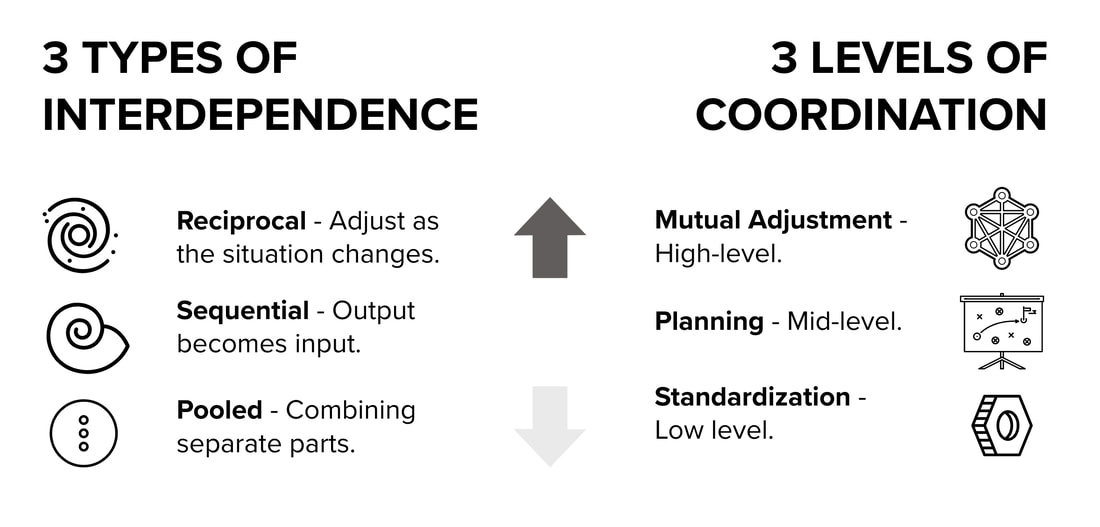

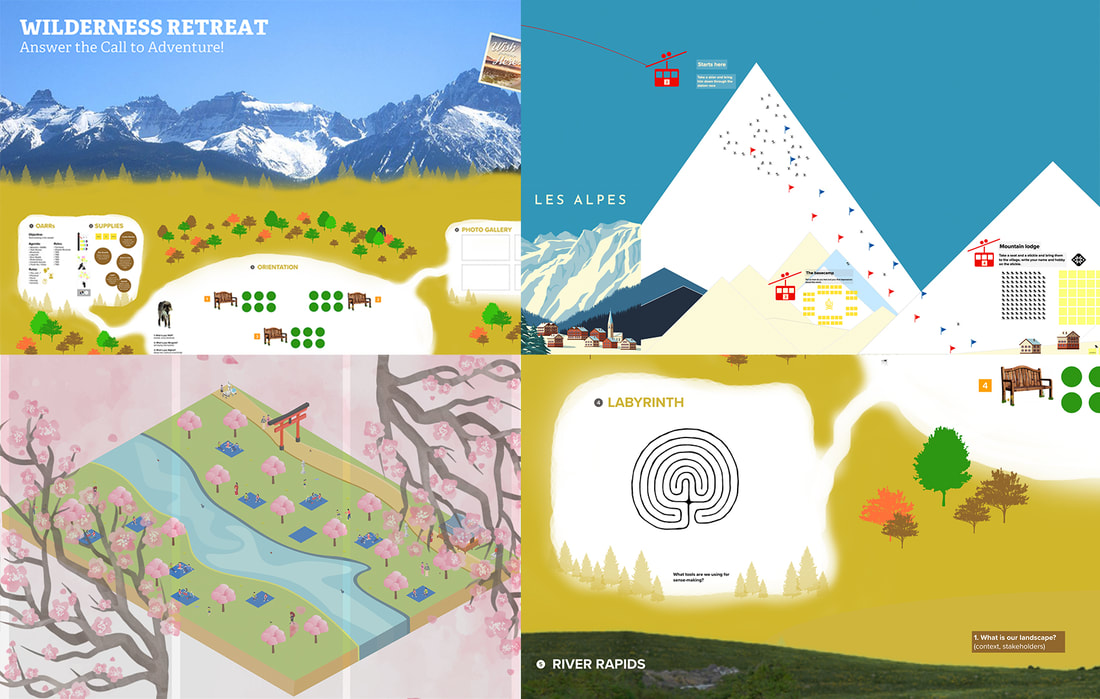
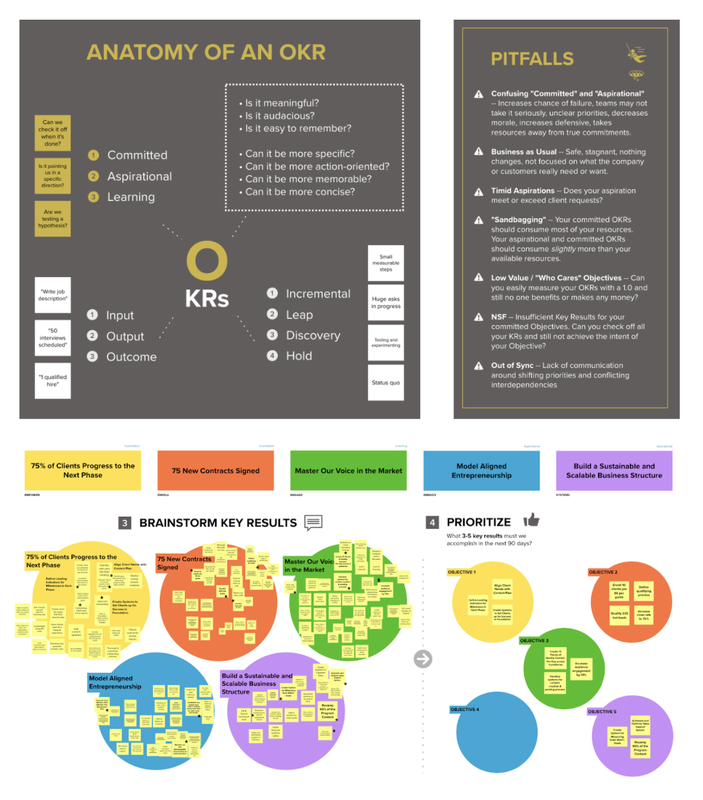
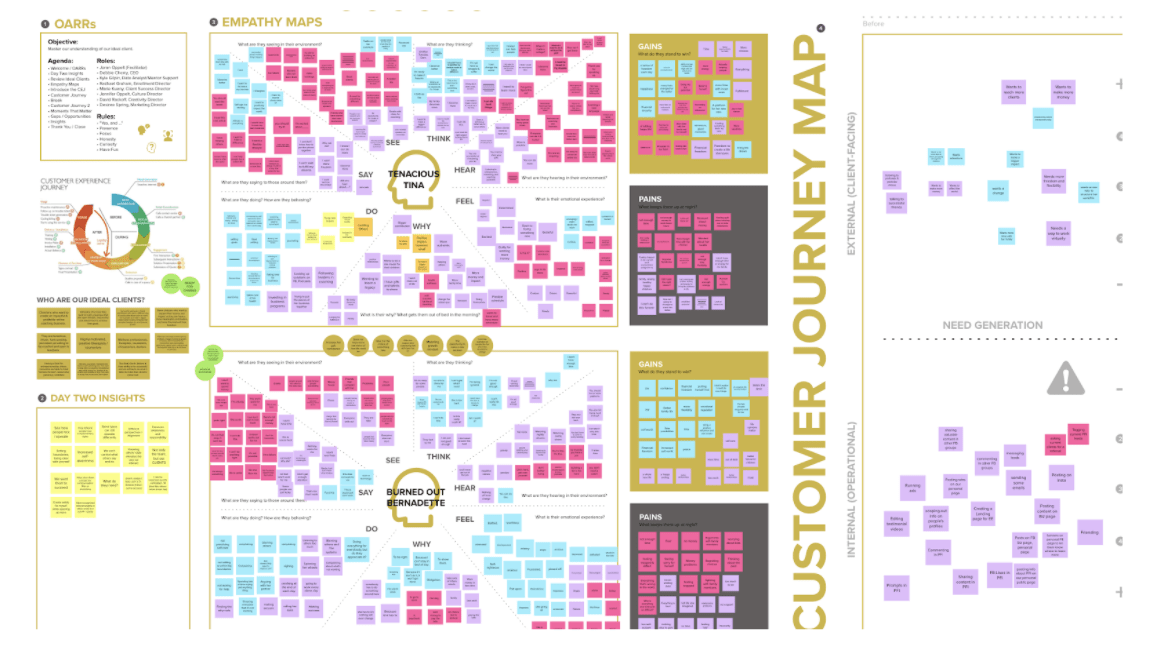
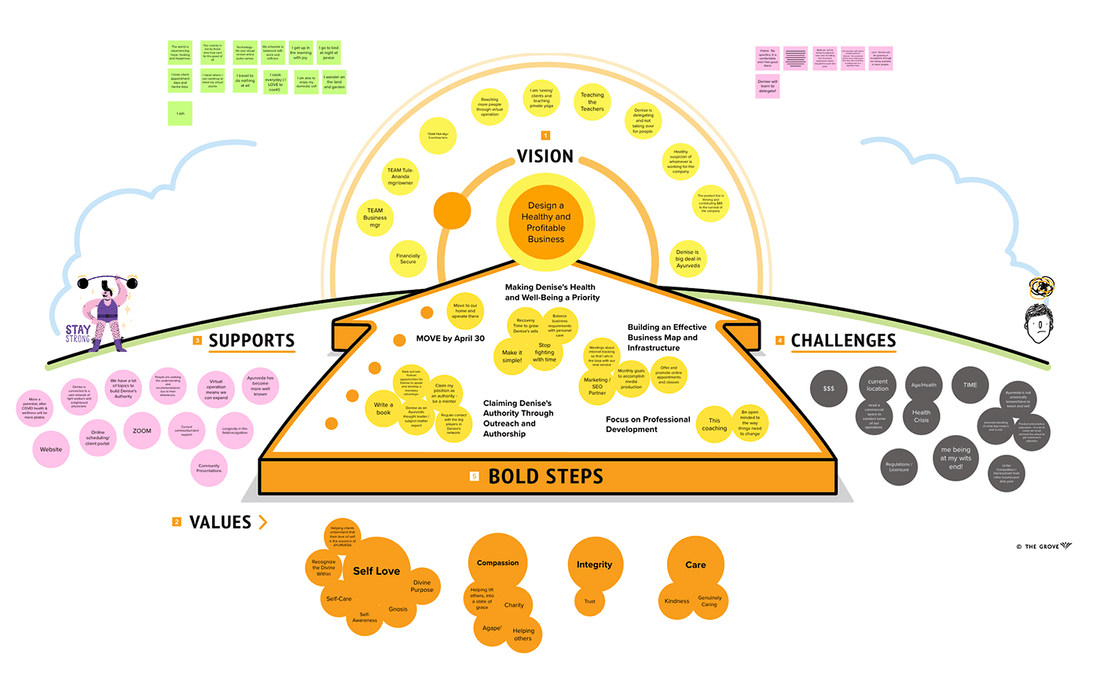
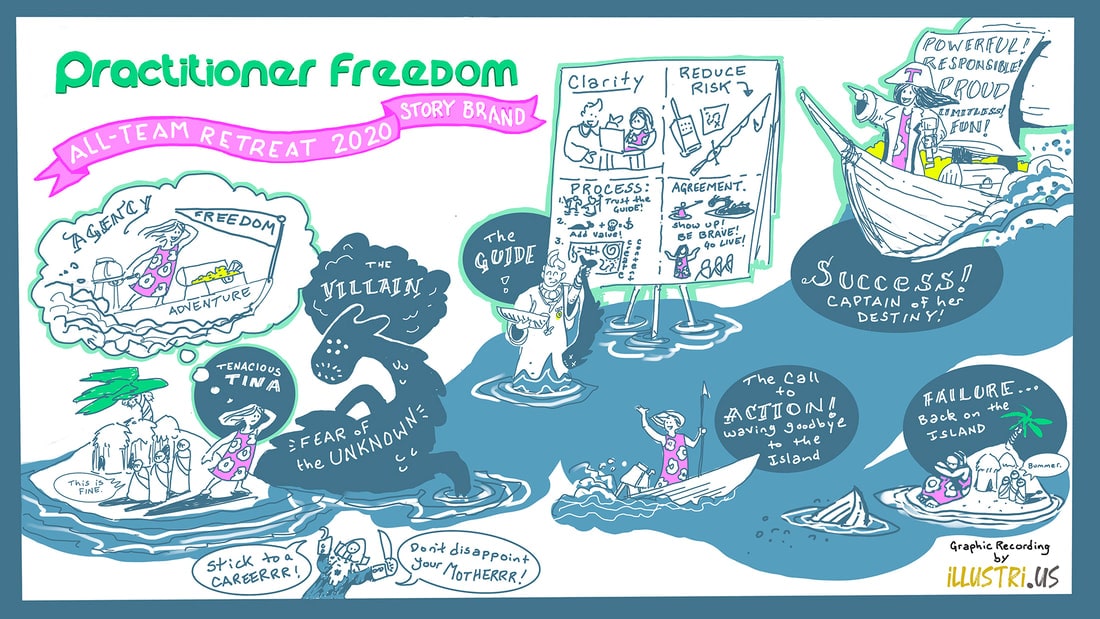
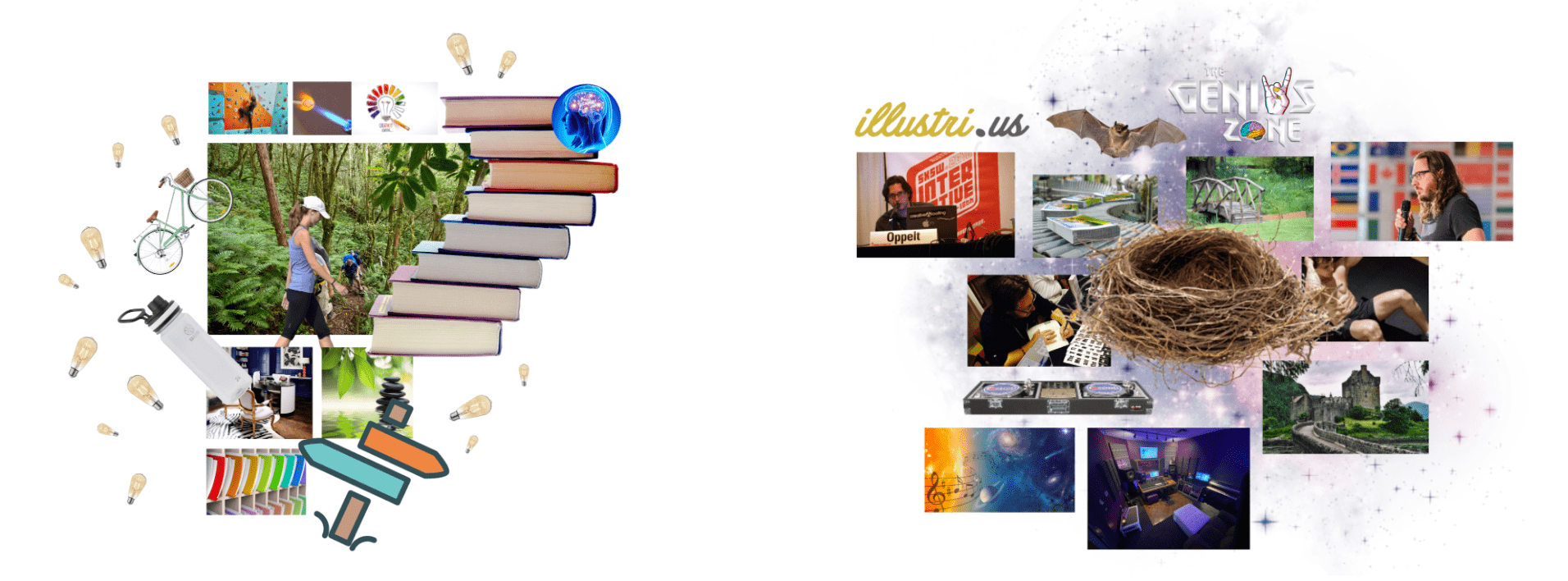
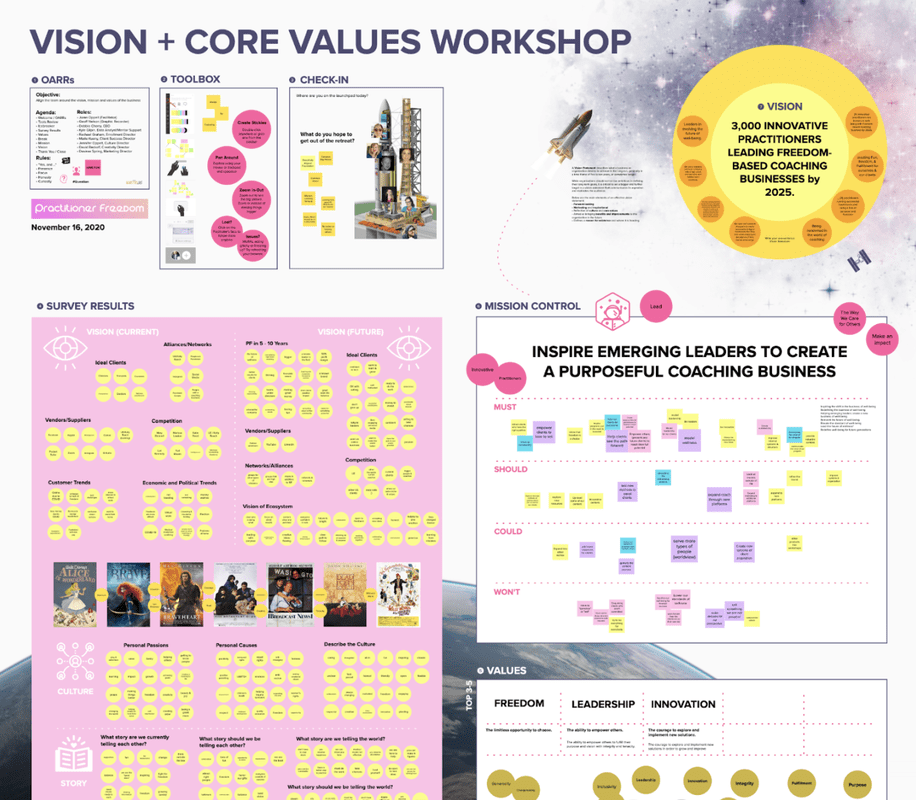
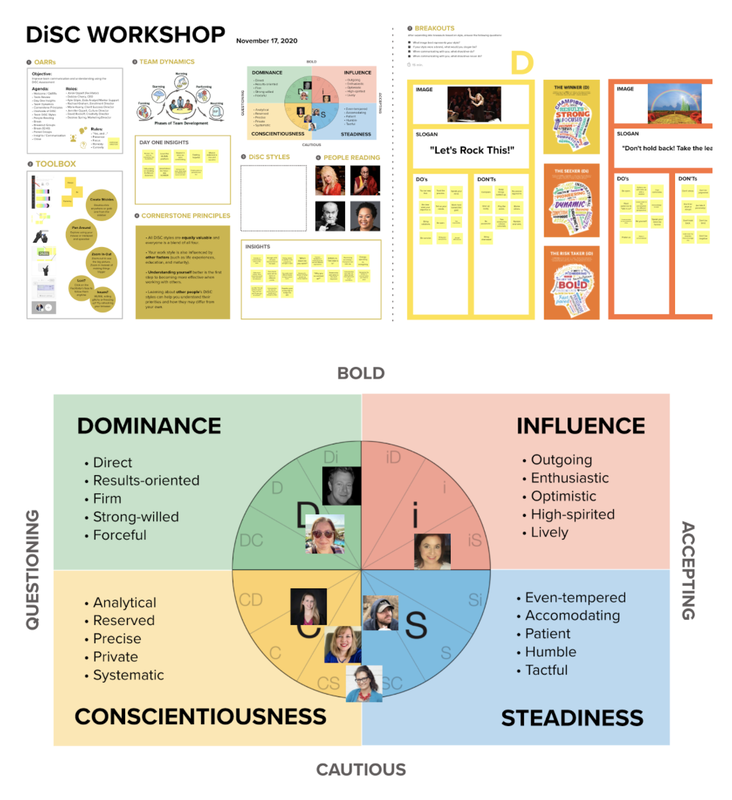
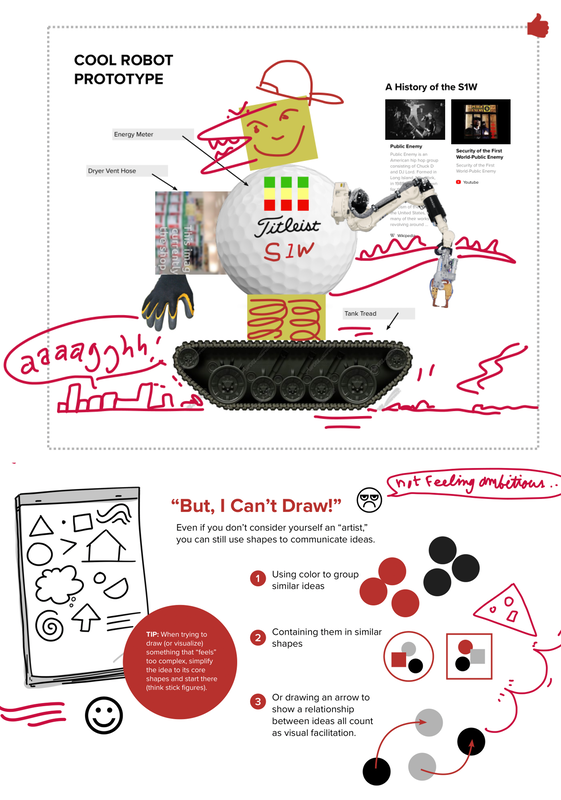
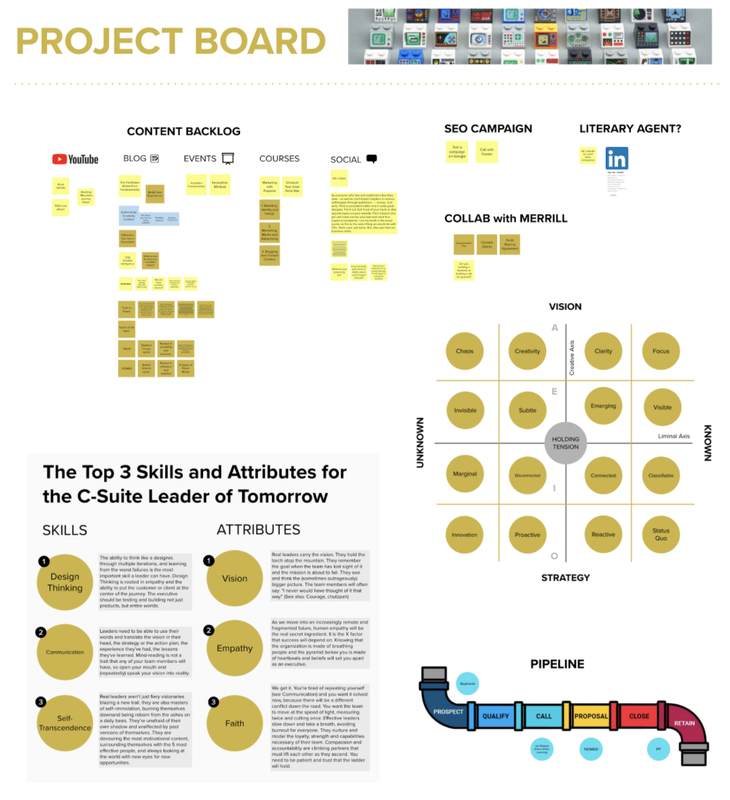
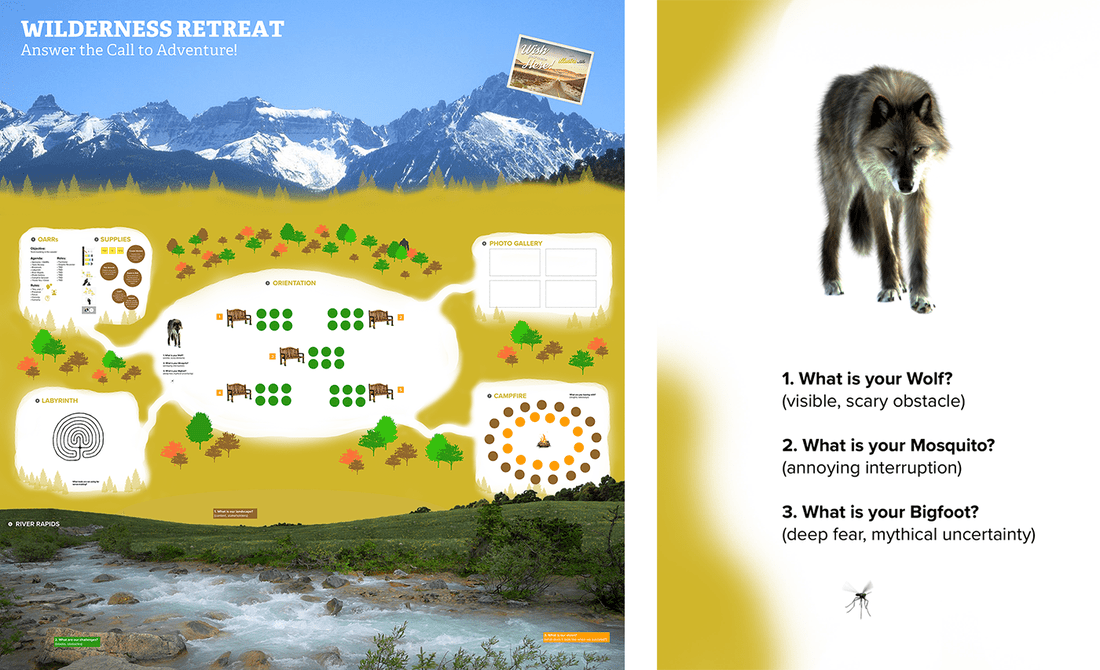
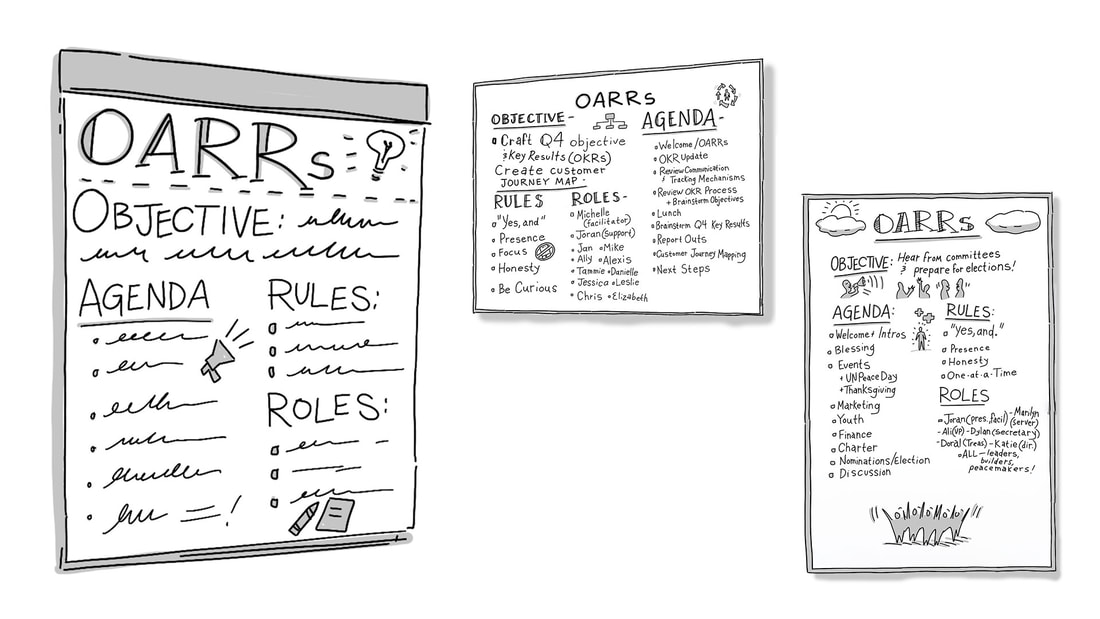
 RSS Feed
RSS Feed